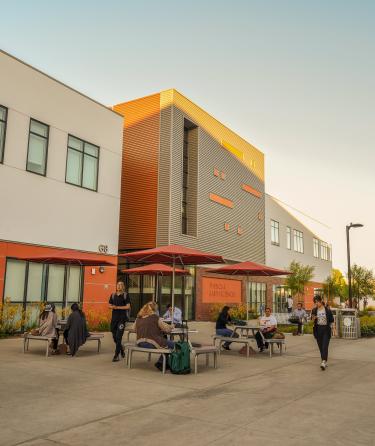What are Accommodations?
Accommodations adjust the manner in which instructional, testing, and employment situations are presented or evaluated, so that an individual with a disability can demonstrate his or her knowledge in a fair and equitable fashion. Accommodations may involve adjustments in the presentation of instructional or testing material, the manner in which the student responds to the material, the actual scheduling or time allotted for the activity, and the setting of the test or activity.
Accommodations individualize instruction to meet diverse learning levels and are legally mandated. These instructions may include combining oral instruction with visual handouts or reading aloud material that is too difficult for a learner.
There are four key features of accommodations
First, accommodations are individualized to emphasize a person's strengths and work around their weaknesses, as well as the demands of the situation.
Second, accommodations require documentation from a licensed clinician or professional who is trained to diagnose the disability. This documentation will help determine the needs of the individual and the most appropriate type of accommodation. However, if documentation is unavailable, the instructor should use his or her best judgment to assist the student in class.
Third, the accommodations made will not interfere with the skill or concept being taught. For instance, if reading decoding is the skill being measured on a test, a person reading the test to the student might not be an acceptable accommodation. However, if science knowledge is the skill being measured on the test, a person reading the test to a student so they can answer the questions might be a reasonable accommodation.
Fourth, accommodations for documented disabilities provide access to a learning environment to which all Americans are entitled. The Legal Right of Access for students with disabilities is derived from several federal laws, including the 14th Amendment, Title VI of the Civil Rights Act, the Equal Opportunity Act of 1974, and the Americans with Disabilities Act.
For accommodations to be effective, they must directly support a learner's specific area(s) of need. Understanding the relationship between specific accommodations and an individual's learning process is an important part of maximizing the effectiveness of any accommodation. This information should be available as part of disability documentation. In addition, instructors can explore with the student their experience with using accommodations.
Identifying appropriate accommodations is only the first step in the process. Explicit instruction to teach a learner how and when to use an accommodation is essential. For example, a student with a reading disability may benefit from the use of audio texts. Merely providing a student with an audio book is probably not enough. The student will need to develop listening comprehension strategies as well as learn how to regulate the audio technology (i.e., voice speed). Likewise, providing extended time is most beneficial when the student has learned how to plan for and structure the additional time (Gregg, 2009).
Questions to ask your student:
- What accommodations have you used or have been recommended for you to use?
- What experience have you had with each accommodation including your successes and concerns?
- What accommodations fit into this situation?
- How can I help you use the accommodation(s)?
- What can we do to troubleshoot your use of the accommodation(s)?
